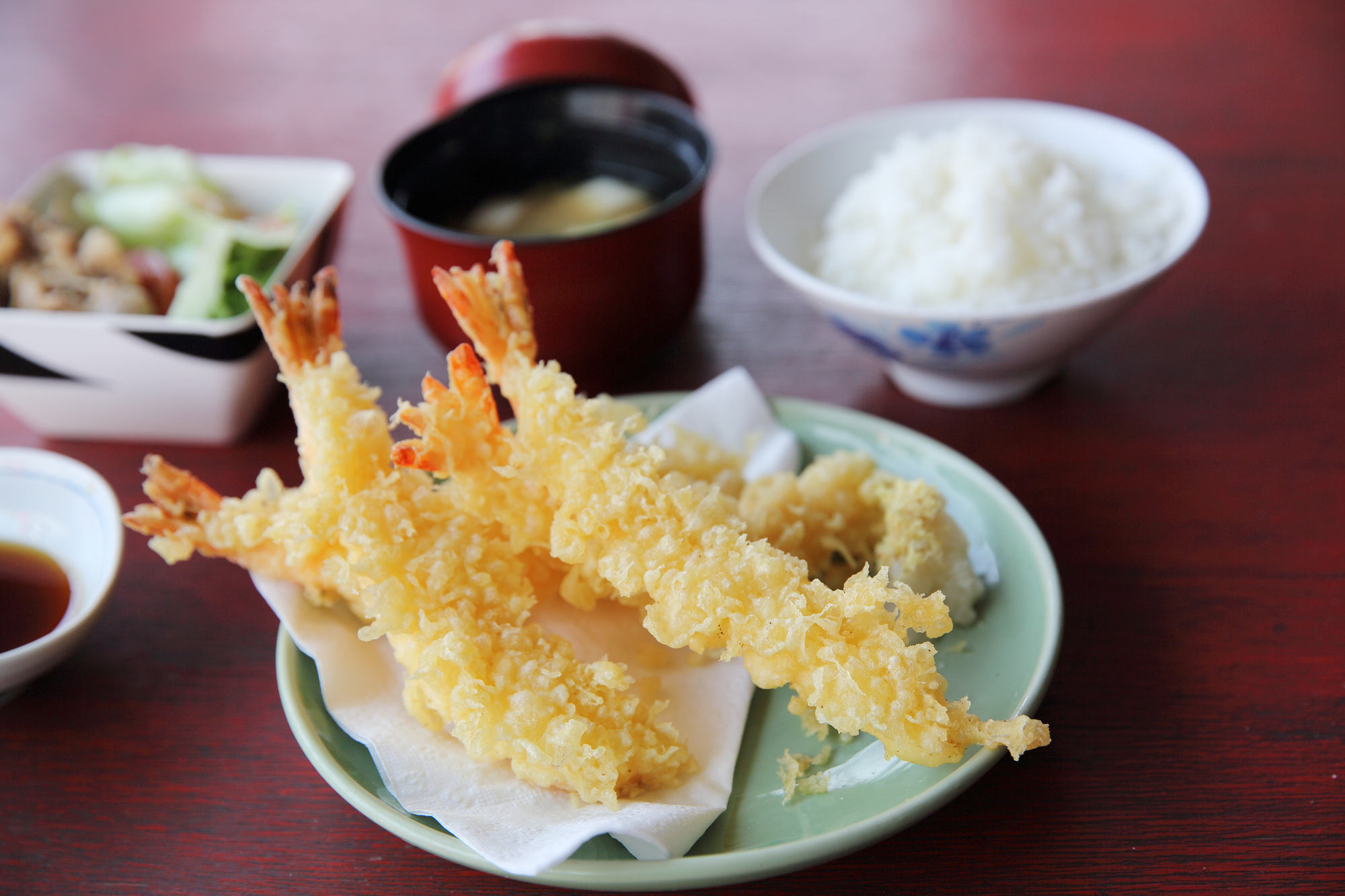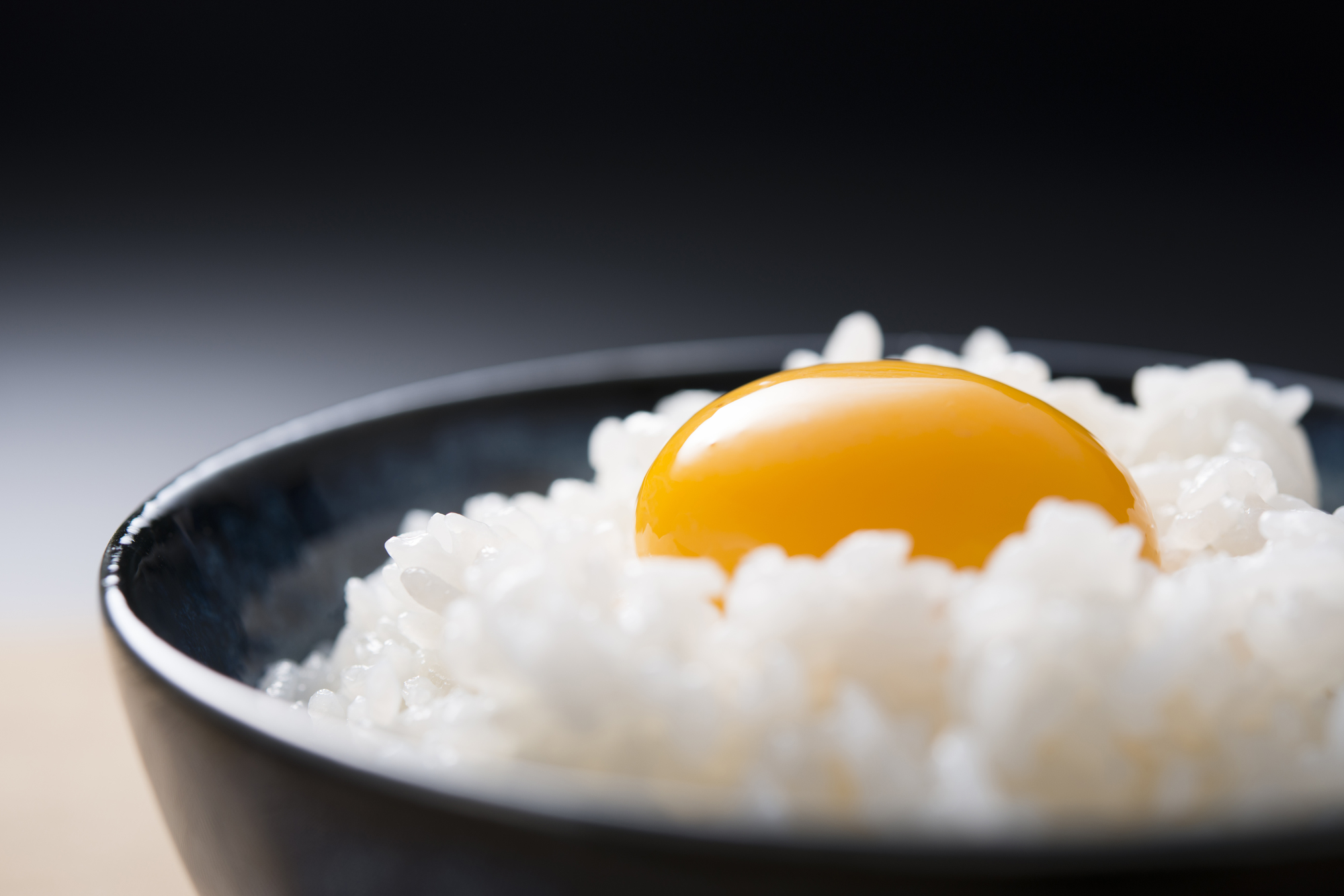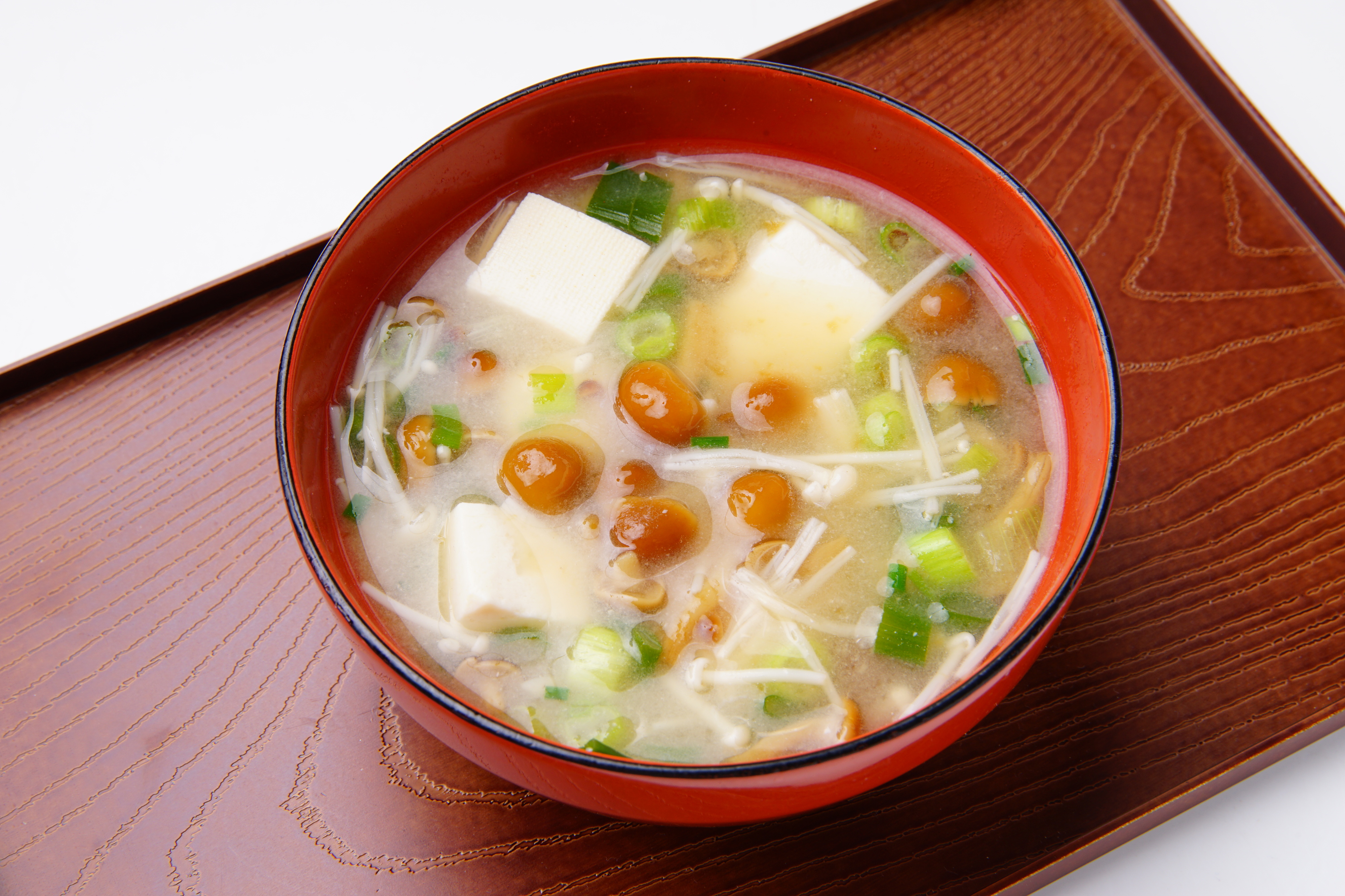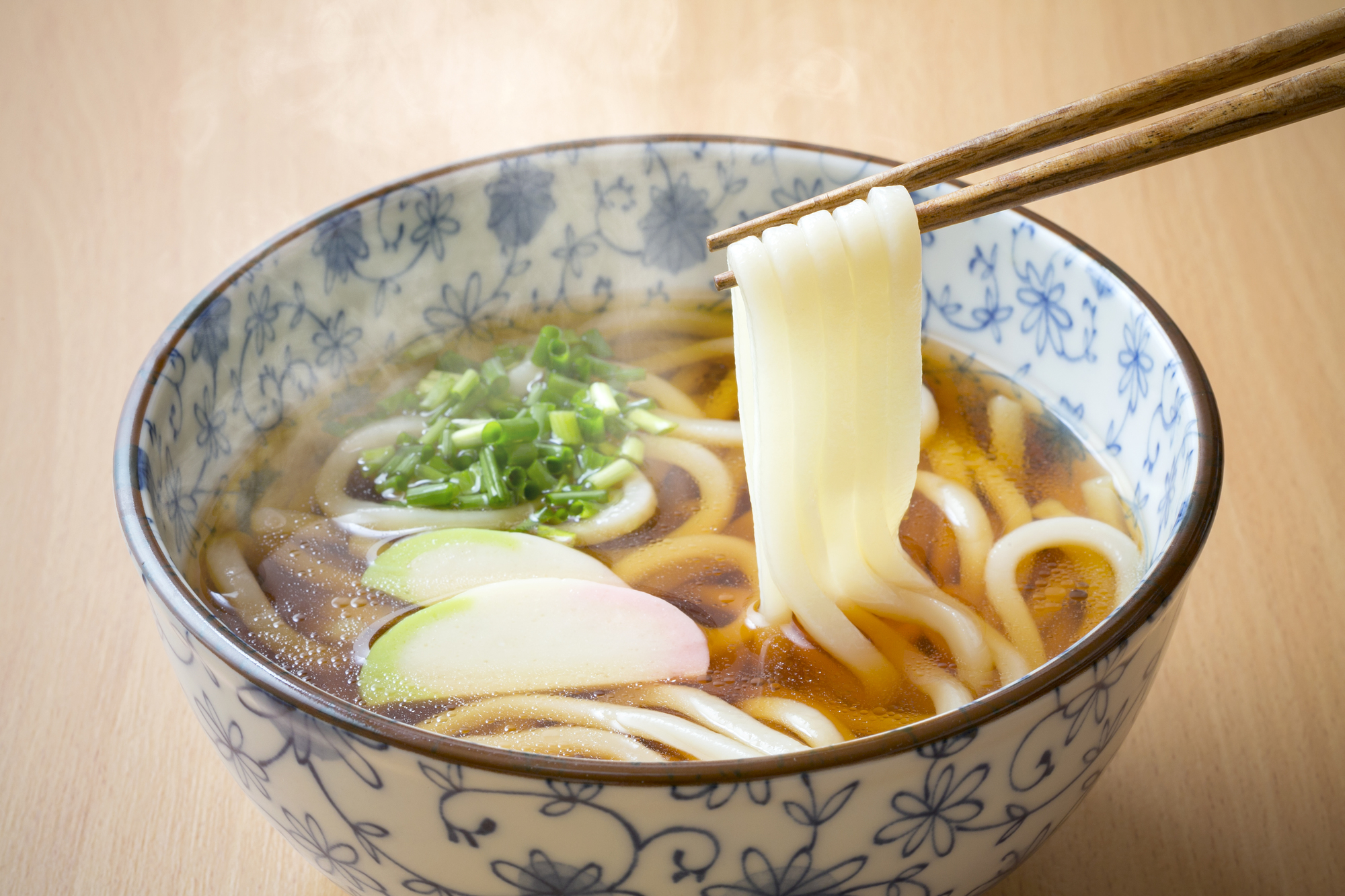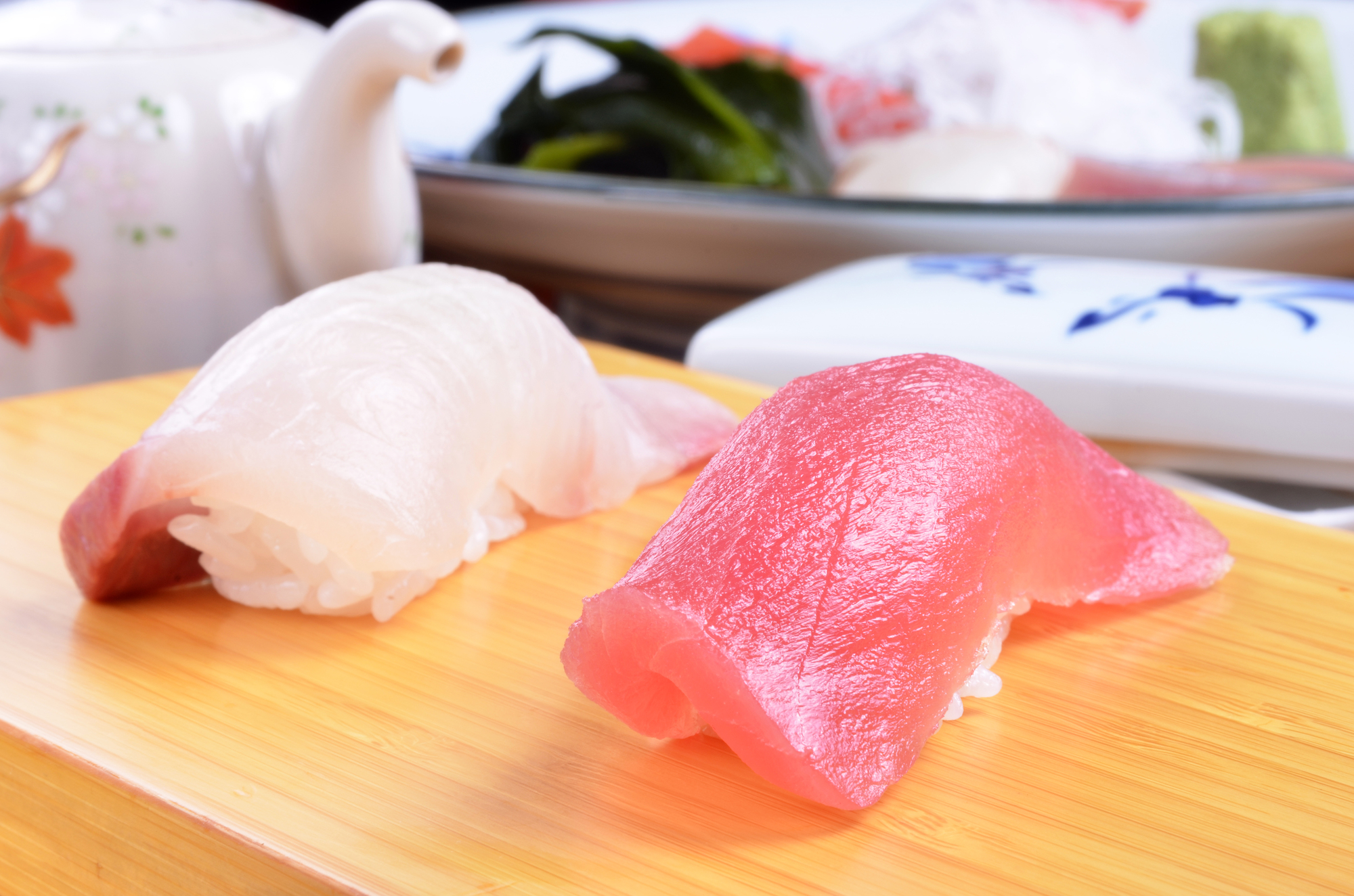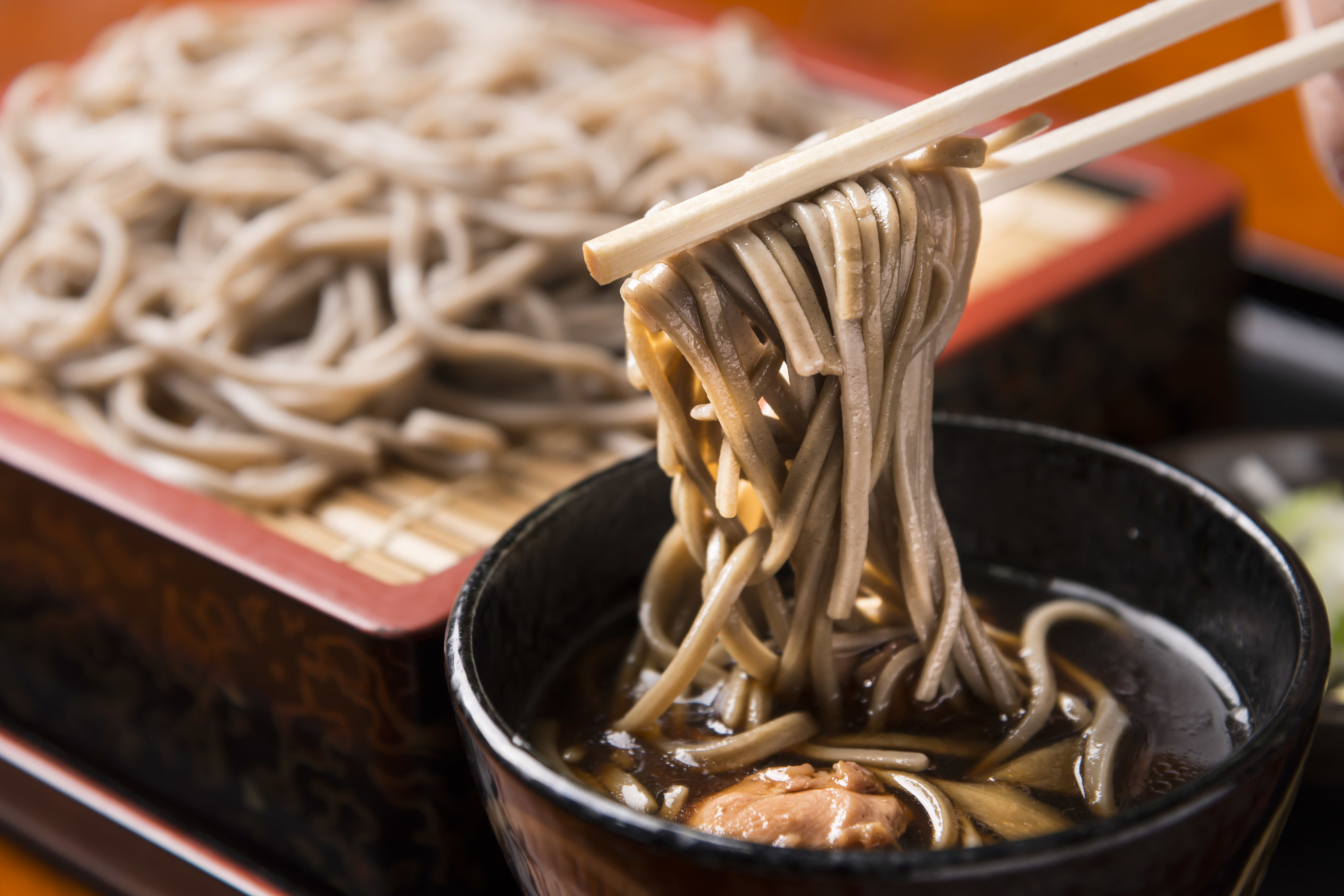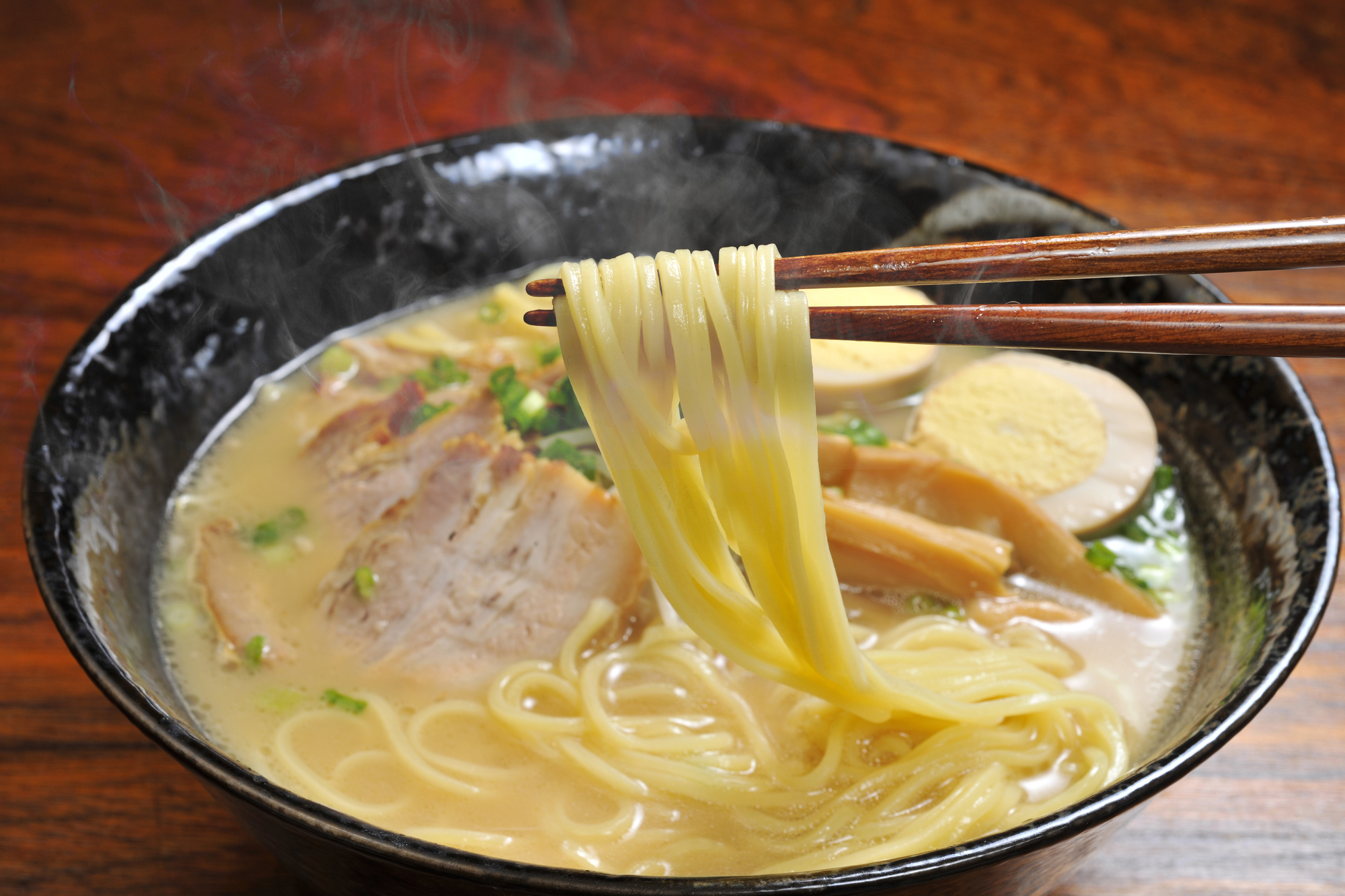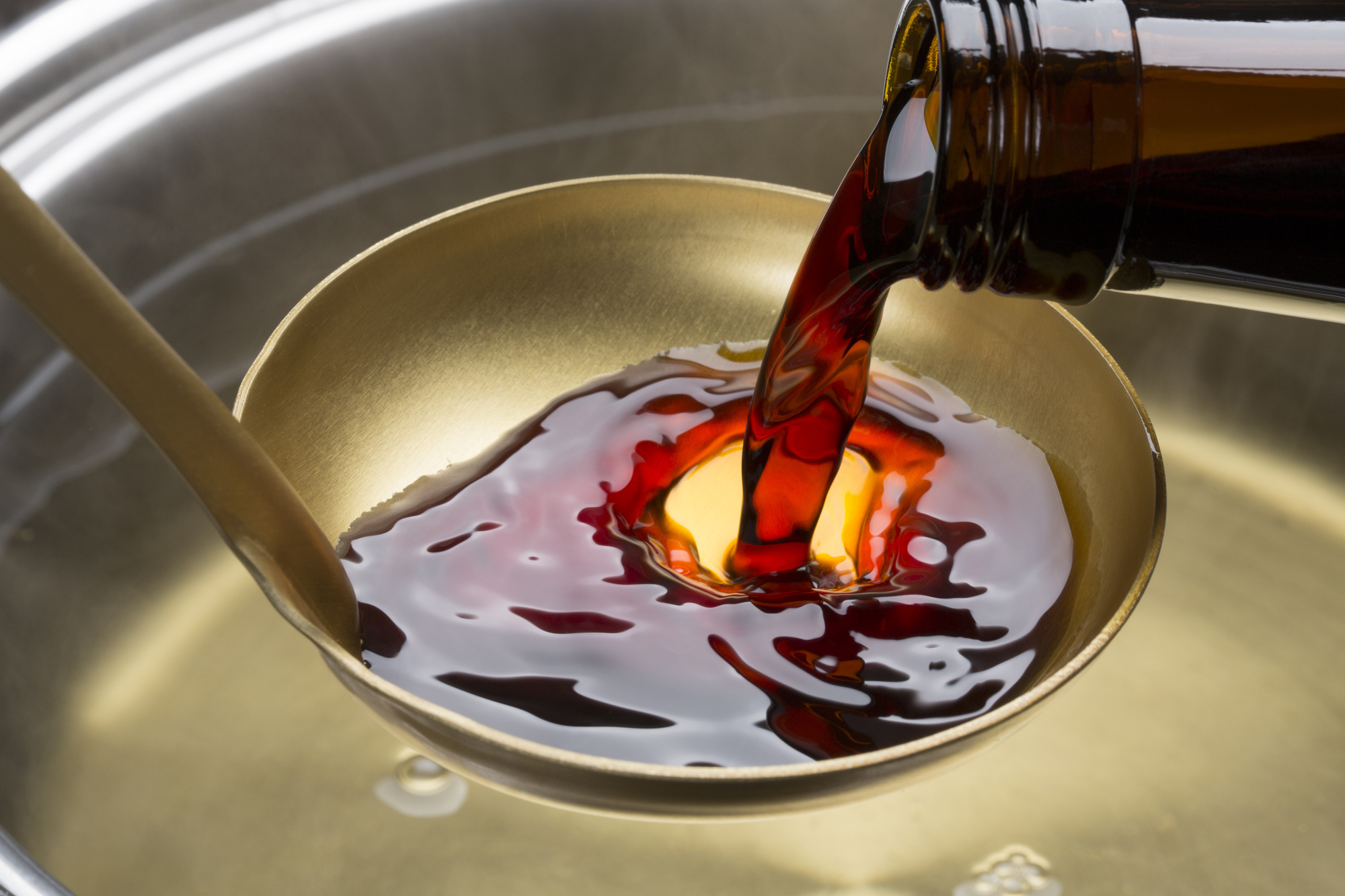
Seasoning
▼Soy sauce
What is it and what is it made of?
Soy sauce is a flavoring widely used in Japanese cooking. The ingredients for soy sauce are soybeans, wheat and salt. Soy sauce can be made with heavy flavoring or light flavoring but the ingredients are the same for both.
How is it eaten?
Soy sauce is used in various ways including to flavor sushi and sashimi or as an ingredient in tare for yakitori.
Is it gluten free?
Soy sauce is generally made with wheat and, therefore, is not gluten-free.
Are there alternatives?
Tamari soy sauce is made without wheat and is safe for those keeping a gluten-free diet. Its flavor does not differ from standard soy sauce.
▼Miso
What is it and what is it made of?
Miso is a fermented food made by mixing and fermenting grains such as soybeans, rice or wheat with salt and rice malt. There are three main types of miso: rice miso, soy miso and wheat miso.
How is it eaten?
Miso is an ingredient in many Japanese dishes such as miso soup, fish grilled in saikyouyaki style and ramen made in miso broth.
Is it gluten free?
Wheat miso contains gluten.
Are there alternatives?
Rice miso and soy miso can be made gluten free.
▼Ponzu
What is it and what is it made of?
Ponzu is a flavoring used in most Japanese dishes and is made with citrus juice and soy sauce. Sometimes mirin (a Japanese cooking alcohol) or dashi (stock) is added.
How is it eaten?
In Japan, ponzu is used in the same way as soy sauce and is often used in salads or for shabushabu (a pork and vegetable dish).
Is it gluten free?
Soy sauce is a major ingredient of ponzu. As soy sauce contains gluten, ponzu is not gluten free.
Are there alternatives?
Some ponzu sold in Japan is made with soy sauce that does not contain wheat and may be gluten free.
▼Wasabi
What is it and what is it made of?
Wasabi is a condiment made by grating the root of a mustard like plant. It is also called Japanese horseradish, although horseradish is a different type of plant.
How is it eaten?
Wasabi in paste form is used in sushi, sashimi and soba dishes. It is also used as a condiment for roast beef and in French-Japanese fusion cooking.
Is it gluten-free? Are there alternatives?
The wasabi root is naturally gluten free. However, inexpensive brands or otherwise highly processed wasabi paste may include wheat so when dining out or purchasing wasabi, it is important to ask or check the label.
▼Dipping Sauce
What is it and what is it made of? How is it eaten?
Several Japanese dishes include a sauce on the side that food is dipped into. For example, tempura (link) is often dipped into tempura-tsuyu and soba noodles (link) are dipped into soba-tsuyu. These dipping sauces are often made with soy sauce, mirin (a Japanese cooking alcohol) and sugar.
Is it gluten-free?
Dipping sauces are often made with soy sauce (link) and, therefore, are likely to contain gluten.
Are there alternatives?
For some dishes, there are alternative flavorings to dipping sauces that are gluten free. For example, tempura may be enjoyed with only salt and lemon juice. Other dishes, such as soba noodles, do not have standard alternatives and would have to be eaten plain.


